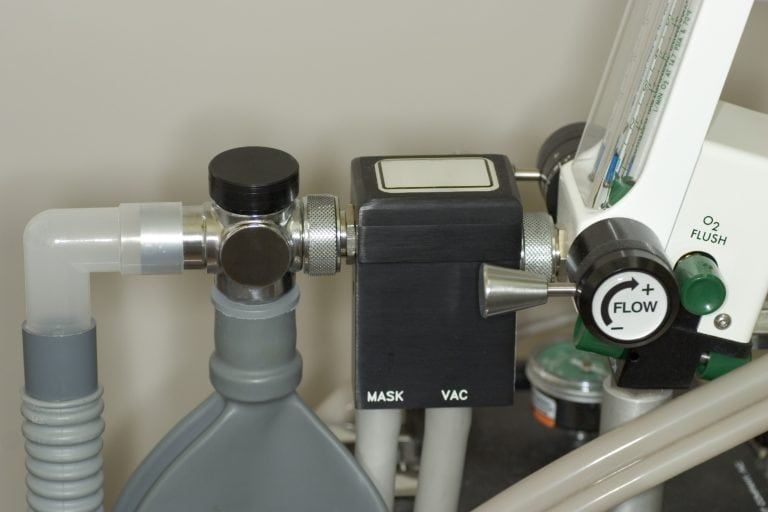Is Sedation Dentistry Safe?

Dental anxiety is a common concern among patients, and for those who suffer from it, the idea of being unconscious during the procedure sounds like heaven. Sedation dentistry is used in those situations where the surgery doesn’t qualify for the use of local anesthesia due to its severity, or where the patient has elected to be sedated during the procedure to help manage their dental anxiety. One question that many patients undergoing sedation have is “Is Sedation Dentistry Safe?”.
Is Sedation Dentistry Safe?
When performed by a qualified dentist with the assistance of a certified anesthesiologist, sedation dentistry is a routine procedure that offers little to no risk to the patient. Patients who undergo sedation dentistry don’t have negative reactions any more commonly than those undergoing sedation for any other procedure, and generally less so as dental work is generally a low-risk process. Sedation dentistry doesn’t always mean that you are rendered completely unconscious, however, there are other forms that can leave you conscious for the procedure while remaining free of any form of anxiety.
What Kinds Of Sedation Dentistry Are There?
There are four types of sedation used in dentistry, each variety being used in specific circumstances and when certain levels of sedation are necessary. These types of sedation are distinct from local anesthesia, where a specific part of the body is anesthetized, and instead, focus on giving a full body sedation that also has psychological effects that can ease treatment for some people.
• Nitrous Oxide – Also known as laughing gas or “Inhaled minimal sedation”, this is used to help you relax and can be tightly controlled by the dentist. This makes it a valuable form of sedation in dentistry as it allows you to drive home after the procedure thanks to it quickly wearing off.
• Oral Sedation – This form of sedation involves the administration of Halcion, a drug similar to valium, in pill form an hour before the procedure. This form of sedation leaves you conscious but relaxed, and the size of the dosage can be varied as necessary. This is one of the most common forms of sedation dentistry.
• IV Sedation – As the name indicates this form of sedation is administered through an IV, which allows the dentist to continually adjust the level of sedation you’re receiving throughout the procedure. It also has the benefit of setting in very quickly thanks to being administered directly into a vein.
• Deep Sedation – This is also known as general anesthesia, and will render the patient almost entirely, or entirely, unconscious during the procedure. This form of anesthesia is the longest lasting and will take time to wear off after the procedure. Additionally, you will need to have a ride home afterward.
If you’re thinking about undergoing sedation dentistry you should contact an expert like Dr. John Batlle at Southwest Family Dentistry. Dentists who use sedation dentistry are familiar with patients who experience dental anxiety and are adept at selecting the proper level of sedation for the procedure being performed. Don’t let dental anxiety leave you quivering in the dental chair, talk to your dentist about sedation dentistry today!

